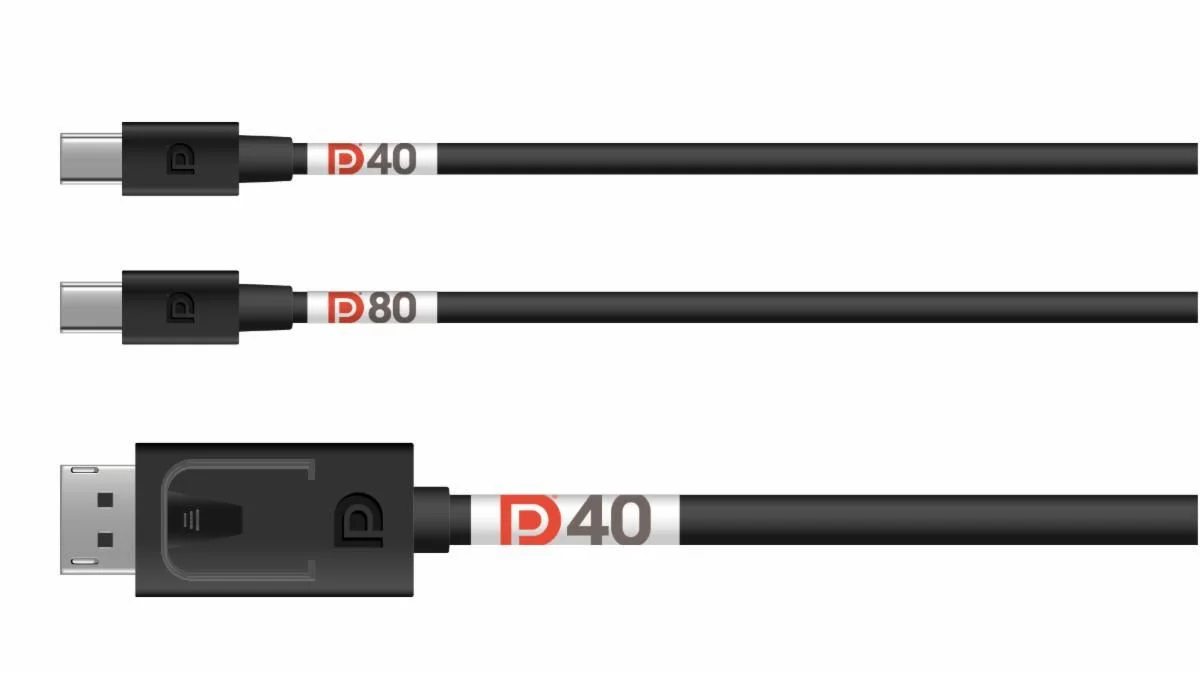Unliked DisplayPort 2.0, VESA says that 2.1’s alignment will be tightened to run in line with the USB-C specifications or the more modern USB4 link. On another note, DP 2.1 has also been improved to provide greater robustness and enhancements, both to full-sized and Mini DP cable configurations, that enable improved connectivity and longer cable lengths, without the Ultra-High Bit Rate (UHBR) performance being diminished. For context, UHBR cables with a length beyond one metre are known as DP80 cables, while DisplayPort cables with lengths of two metres are also known as DP40 cables. VESA-certified DP40 Cables have a 10Gbps link rate and four lanes, thus giving a maximum throughput of 40Gbps. So, we believe you can do the math for a DP80 cable, which has double the link rate. “For all of our standards including DisplayPort, VESA has invested significant resources in testing and auditing procedures, including interoperability testing of products incorporating VESA specifications. This is to ensure that products that are introduced to market that claim support of VESA’s standards meet the high-quality benchmarks that we have established,” James Choate, compliance program manager for VESA says. “VESA continues to investigate and develop new procedures to improve our auditing process in order to ensure robust implementation of quality products supporting DisplayPort and other VESA specs in the market. Thanks to the contributions by test equipment vendors, VESA has a solid test infrastructure in place to support wider testing and deployment of DisplayPort 2.1 certified devices in the marketplace.” (Source: VESA, Videocardz)
